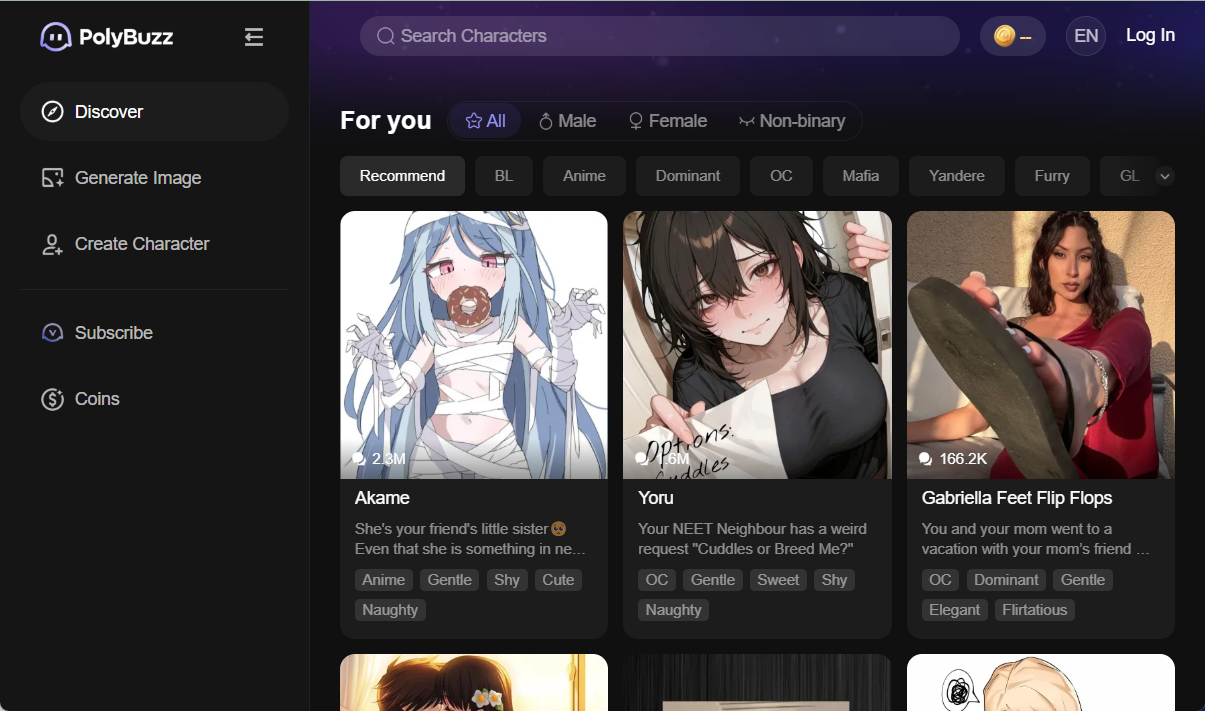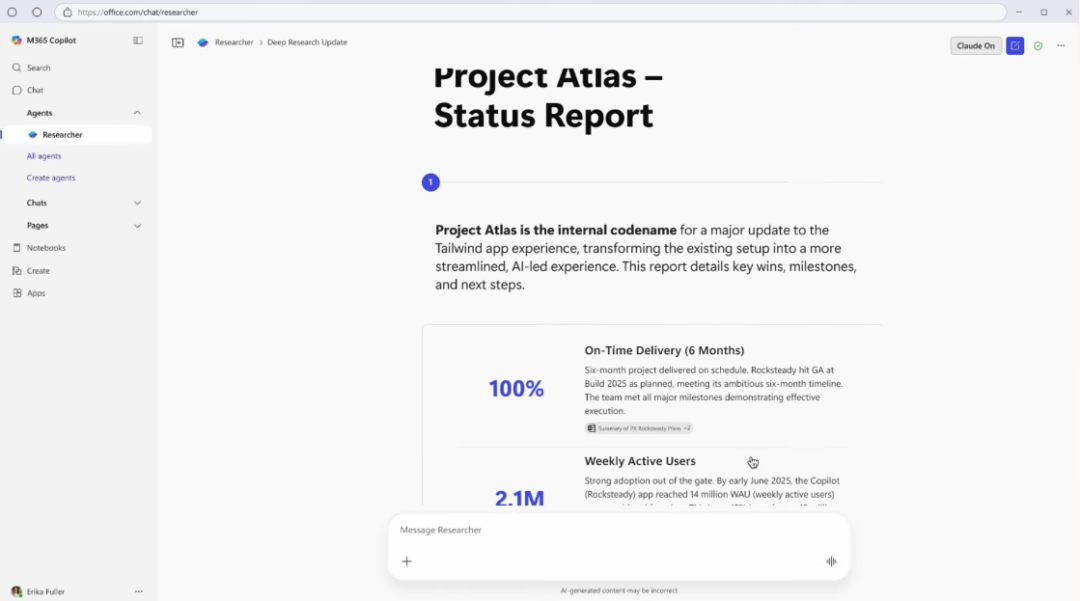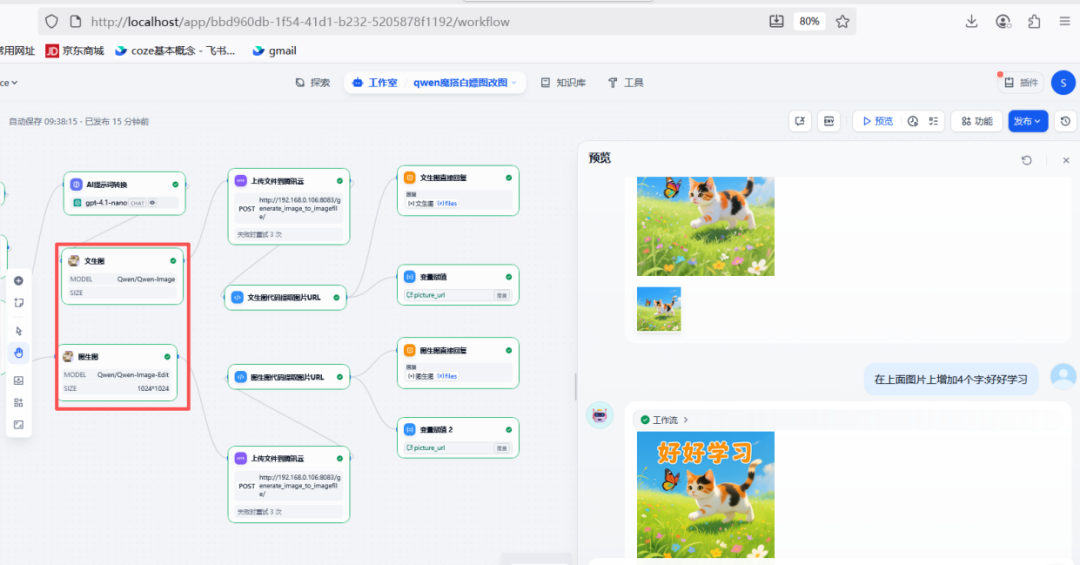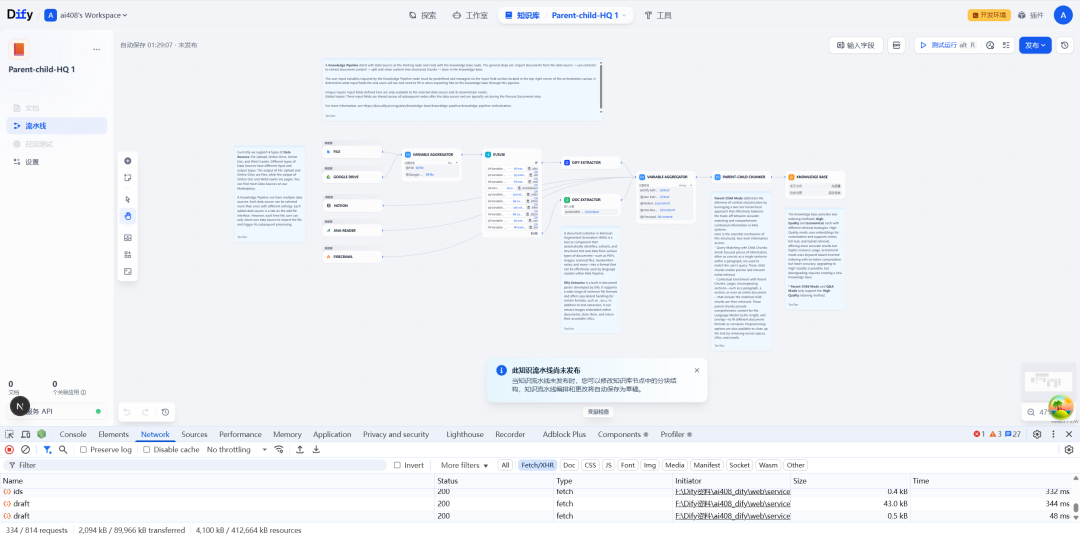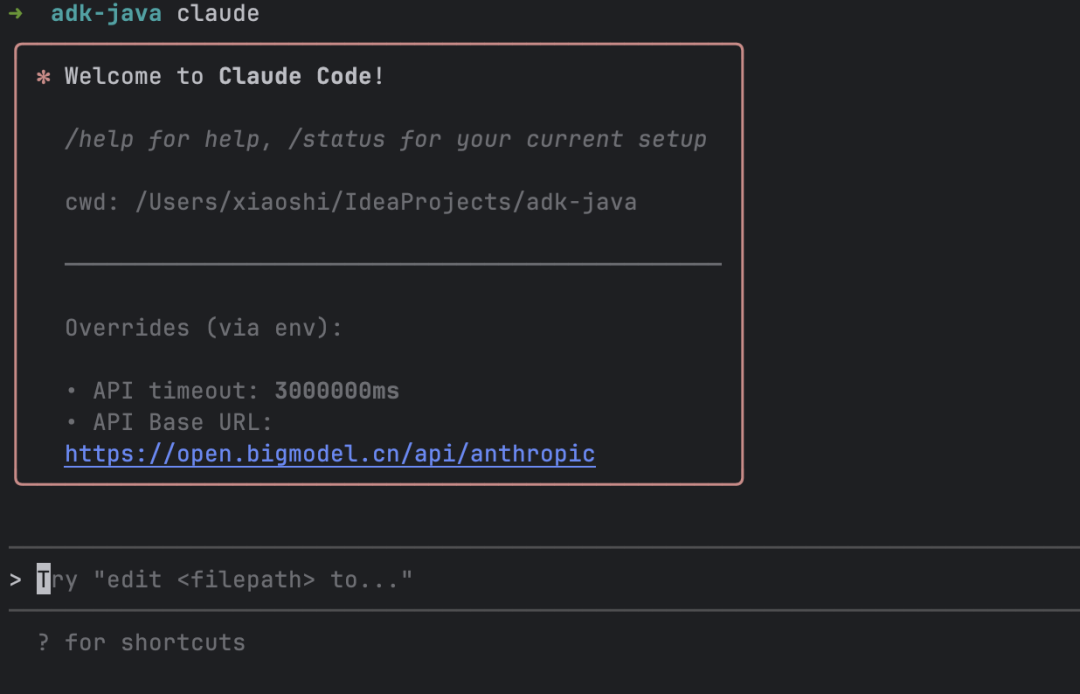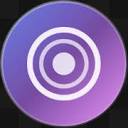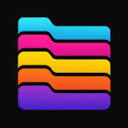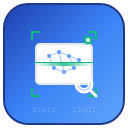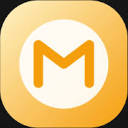One of the core objectives of the RolmOCR design is to break through the format limitations of traditional OCR. The range of processing it supports includes:
- Standard scanned documents (PDF/PNG/JPG and other common formats)
- Non-standard shooting documents tilted 15 degrees or less
- Handwritten notes (mixed Chinese and English content)
- Simple layout of PDF forms without metadata
The technical implementation achieves this goal through two innovations: the use of a visual language model instead of a purely visual model to enhance contextual comprehension; and the training data contains 201 TP3T of handwriting samples and 151 TP3T of rotation samples. The test data shows:
- Print body recognition accuracy of 98.7%
- Handwriting recognition accuracy of 92.31 TP3T (111 TP3T improvement over previous generation)
- Correct recognition of skewed documents exceeds 95%
This feature gives it a unique advantage in scenarios such as digitization of academic documents and enterprise archive processing.
This answer comes from the articleRolmOCR: Document OCR Model for Recognizing Handwritten and Slanted CharactersThe







